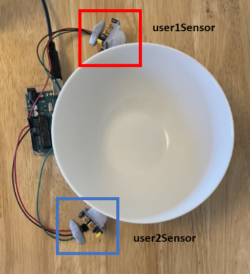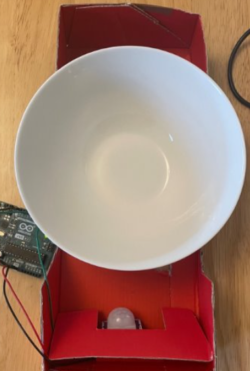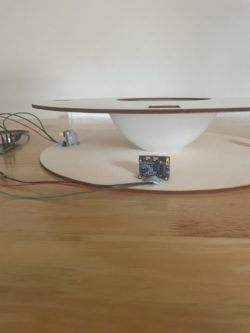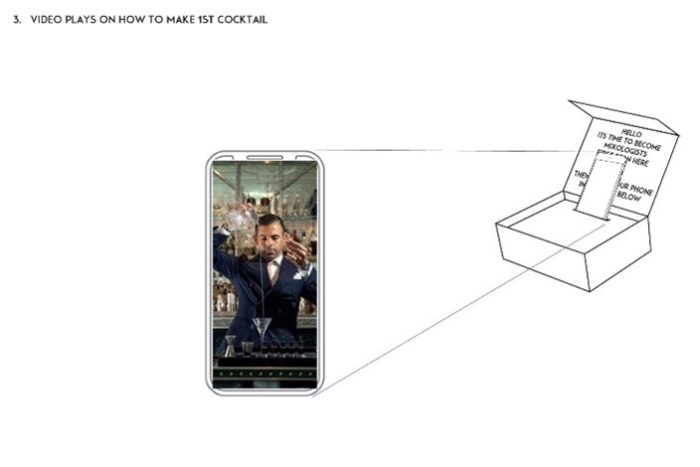13
05
.24
Unpacking the Recurrent Value of Digitally Augmented FMCGs halfway point
Our early work exploring Fast Moving Consumer Goods (FMCGs) snack products and the rituals of consuming food highlighted some distinct themes:
- Eating together promotes commensality benefits and social bonding.
- Snacking is considered informal yet complimentary to several activities such as gaming or watching television.
- Absent-minded snacking in alone or in group contexts can lead to overconsumption.
Inspired by these aspects, we turned our attention to snacking in a group gaming context. We considered how people get together and play games, thinking specifically about how the way that games orchestrate and require turn-taking, might have commonalities with turn-taking in a group eating situation. We focused on the ritual of turn-taking in gaming and discussed if, or how this might make turn-taking in snacking visible or explicit. How might a digital intervention playfully indicate turns for snacking for people whilst they play a simple card or quiz game?
We considered various technical interventions that could be used to facilitate turn-taking in group contexts. We thought about how snack bowls are often placed in these settings for everyone to consume snacks, but also the place of technologies generally in group settings. Our aim being to contribute to further discussions around using technologies to pace or synchronise consumption activities.
We decided to design a digitally augmented snack bowl probe. Our design embeds LEDs and motion sensors. The main features focus on slowing down or pacing snacking, facilitating turn-taking, and providing feedback to users at the end of the experience on how they have snacked. Work on the design continues following several iterations and feedback from a pilot study.
The following outlines the stages involved in creating the snack bowl:
Initial concept of using motion sensors to ‘count’ how many visits to the snack bowl each user has and presenting feedback on a web page.

Prototyping in card explored thinking about how we could house sensors and guide users to put their hand over the sensor when reaching into the snack bowl.

We started to think about more users and created a circle design to facilitate a ‘centre piece’ snack bowl with four users instead of two.

The most recent design embeds LEDs to indicate the turn-taking and feedback element of the snack bowl.

We are now running workshops in the Mixed Reality Lab in the Department of Computer Science at the University of Nottingham. These involve students and staff trying the snack bowl whilst playing a simple game – the aim being to capture feedback about the probe that may potentially feed into a user study.
In parallel, we are developing a hybrid drinks box inspired by home cocktail-making kits. Our aim is to enhance the “value-in-use” of digitally augmented FMCGs beyond ‘novelty factory’ one-off interactions. By including a combination of both physical and digital elements, for example augmenting multiple packaging surfaces and components, and playful instruction giving, we’re looking to explore how digital content can serve as a necessary and recurrent rather than superficial part of a consumption experience.


Our snack bowl and hybrid drinks box prototypes aim to explore how digital content can be integrated into a product consumption experience reflecting on recurrent rather than one-off use. We plan to investigate several types of value that we consider might be achieved: hedonic through playful interactions, utilitarian through enhanced product information and social, through sustainability and mindful consumption, while also reflecting on lessons for responsible consumption.
Tags:
augmented,
digital,
hybrid



















